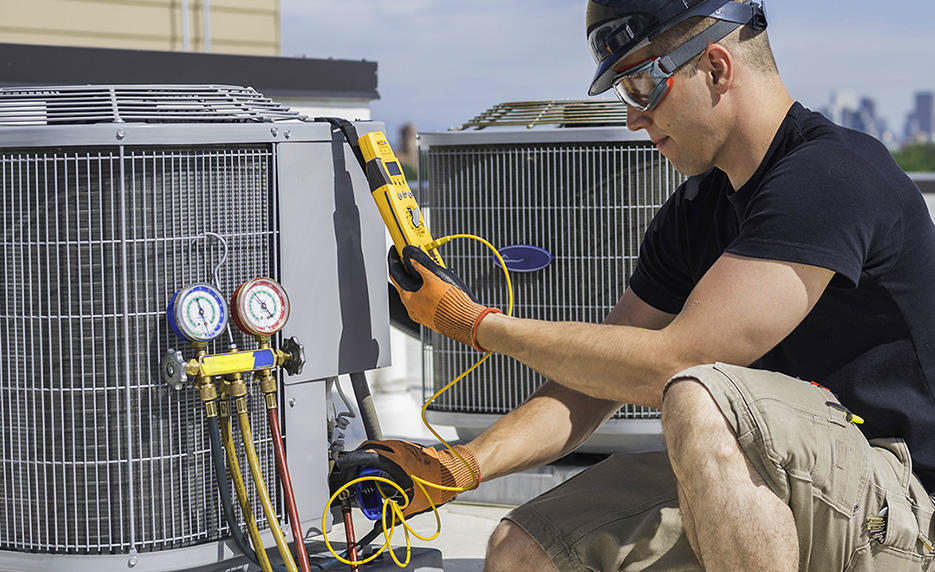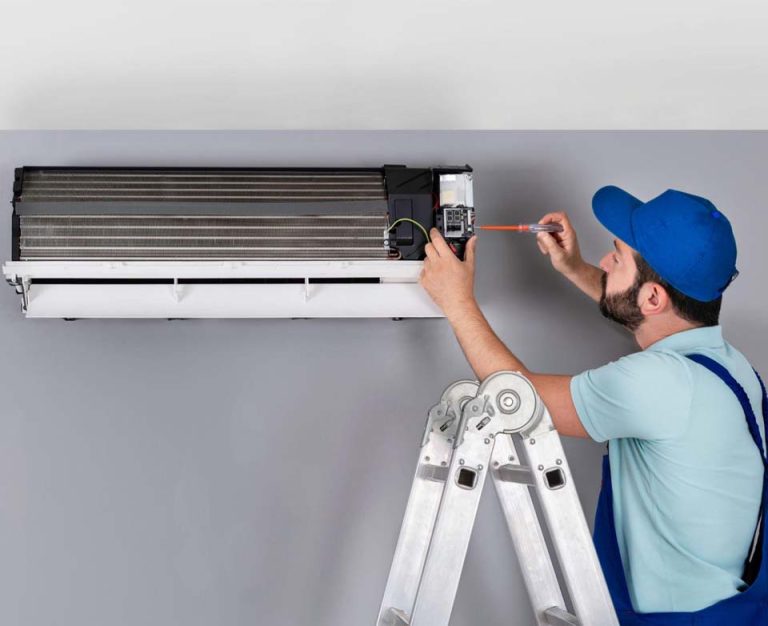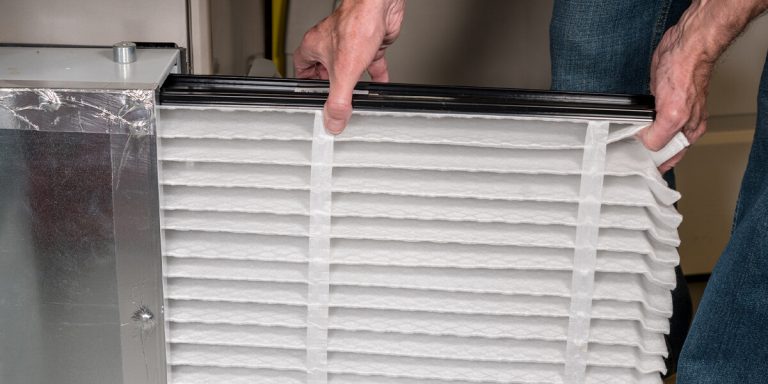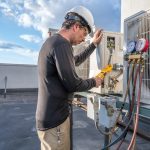The relationship between heating and energy saving in HVAC systems has long been a topic of interest and debate among homeowners, business owners, and environmental advocates alike. As we face rising energy costs and increased awareness of climate change, the need for efficient energy use in our homes and workplaces has never been more pressing. Many homeowners are left wondering: when it comes to heating, what is the balance between comfort and energy savings? How do you optimize your HVAC system to keep your space warm without unnecessarily hiking up your energy bills? This article delves into the debate of heating versus energy-saving strategies in HVAC systems, providing insight into what works best for both your comfort and your budget.
Understanding HVAC Systems: Heating Basics
An HVAC (heating, ventilation, and air conditioning) system is essential for maintaining a comfortable indoor environment. When it comes to heating, most systems fall into a few basic categories, each with its pros and cons regarding energy efficiency, cost, and effectiveness.
-
Furnaces: These are perhaps the most common heating systems in residential homes. Furnaces typically burn gas, oil, or use electricity to generate heat. They heat air and blow it through a system of ducts. While gas furnaces are generally cost-effective in regions where natural gas is inexpensive, they can be energy-intensive and produce carbon emissions.
-
Heat Pumps: Heat pumps are a popular alternative to traditional furnaces, especially in milder climates. These systems work by extracting heat from the outside air (even in cooler temperatures) and transferring it indoors. They can also work in reverse to provide cooling during the warmer months. While heat pumps are more energy-efficient than furnaces, they tend to be more expensive upfront, though their operating costs are typically lower.
-
Boilers: Boilers use water or steam to generate heat, which is then circulated throughout the home via radiators or underfloor heating systems. While boilers tend to be more energy-efficient than furnaces, they are less common in many regions, and their installation costs can be high.
-
Electric Heaters: Electric space heaters are typically used as supplemental heat sources or in smaller spaces. They are inexpensive to purchase but can be quite costly to operate, particularly if used to heat large areas for extended periods.
Energy Saving Strategies in HVAC
To lower energy consumption while still maintaining a comfortable indoor temperature, energy-saving strategies in HVAC systems have become essential. These strategies help reduce the load on your heating system and minimize the amount of energy required to achieve your desired comfort level.
-
Insulation and Sealing: One of the most important, yet often overlooked, energy-saving strategies is proper insulation. Heat loss through poorly insulated walls, ceilings, and windows is one of the primary reasons for higher heating costs. Adding insulation to your home or office can significantly reduce the amount of energy needed to maintain a comfortable temperature. Sealing gaps around windows, doors, and ducts also prevents heat from escaping and cold air from entering, making your heating system more efficient.
-
Smart Thermostats: Smart thermostats are a game-changer in optimizing energy use in HVAC systems. These devices learn your preferences and automatically adjust the temperature to align with your schedule, ensuring that your heating system doesn’t run unnecessarily when you’re away or sleeping. Many smart thermostats also offer remote control through smartphones, allowing you to adjust settings when you’re not home.
-
Zoning Systems: Zoning systems divide your home or building into different areas or “zones” that can be heated separately. This allows you to focus heating efforts on the areas that are actually in use, rather than heating the entire space. For instance, if you’re not using the bedrooms during the day, the temperature in those areas can be lowered without compromising comfort in the living areas.
-
Upgrading to Energy-Efficient HVAC Systems: Older heating systems often use more energy to achieve the same level of comfort as modern, energy-efficient models. Upgrading to a high-efficiency furnace, heat pump, or boiler can lead to substantial savings over time. For instance, an Energy Star-rated heat pump or furnace uses significantly less energy than traditional models, lowering your energy bills and reducing your carbon footprint.
-
Regular Maintenance: Like any other system in your home, your HVAC unit requires regular maintenance to ensure it operates efficiently. This includes cleaning filters, checking for leaks, and scheduling professional inspections to ensure that all components of the system are functioning correctly. A well-maintained system uses less energy and can last longer, reducing the need for costly repairs or premature replacements.
Comparing Heating and Energy Savings
When it comes to optimizing your HVAC system for both heating and energy savings, it’s important to weigh the benefits of various approaches. Below, we compare different heating methods with energy-saving strategies to determine what works best in different circumstances.
1. Heating with a Furnace vs. Heating with a Heat Pump
While furnaces can quickly and effectively heat large spaces, they often do so at the expense of higher energy consumption, especially if the furnace is older or not maintained properly. Additionally, they produce carbon emissions when burning gas, contributing to environmental concerns.
In contrast, heat pumps are more energy-efficient, using electricity to move heat rather than generating it directly. They can provide both heating and cooling, making them a versatile choice. However, heat pumps may struggle to maintain efficiency in very cold climates, where the outside air temperature drops significantly.
In terms of energy savings, a heat pump typically outperforms a furnace over the long term due to its higher efficiency. While the initial installation cost of a heat pump can be high, the savings on energy bills often make it a wise investment in the long run.
2. Boilers vs. Furnaces: Which Is More Energy-Efficient?
Boilers are known for their energy efficiency, especially in homes that use radiators or in-floor heating systems. Since boilers transfer heat via water or steam, there’s minimal energy loss compared to forced-air systems, like furnaces, which can lose heat through ducts. Boilers are also less likely to dry out the air in your home, making them a good option for individuals with respiratory concerns.
However, boilers are more expensive to install and maintain compared to furnaces. Additionally, they can be less effective in areas where colder temperatures require additional heating capacity. While they can save on energy costs, it’s important to consider the installation cost and ongoing maintenance when comparing them to other heating systems.
3. Energy Efficiency with Electric Heaters
Electric heaters are often seen as a quick fix for small areas or as supplemental heat in a room. While they are inexpensive to purchase, they are also expensive to operate, particularly if they are used to heat larger spaces over an extended period. The high cost of electricity in many regions makes electric heaters a less attractive option for long-term use.
In terms of energy savings, electric heaters are not ideal for large homes or businesses that require consistent heating. A better option in this case would be an energy-efficient heat pump or furnace, which can heat your space more effectively at a lower operating cost.
The Bottom Line: What Works Best for You?
The balance between heating and energy-saving strategies in HVAC systems ultimately depends on your specific needs, climate, and budget. While no single solution is perfect for every scenario, several key insights can guide your decision-making process:
-
If you’re looking for an energy-efficient, long-term solution, upgrading to a high-efficiency heat pump or furnace is likely your best option. Both types of systems offer significant energy savings over time and can improve your indoor comfort.
-
For homes with radiant heating needs, boilers may offer better energy efficiency, though they come with a higher upfront cost.
-
If you’re working with a limited budget or only need to heat small areas, a smart thermostat or zoning system can go a long way in improving energy savings without the need for a major system upgrade.
In the end, balancing comfort and energy savings requires a thoughtful approach that combines technology, regular maintenance, and smart usage habits. By focusing on the most energy-efficient heating system that meets your needs and implementing energy-saving strategies, you can ensure that your HVAC system is as effective as it is economical.















